The Problem of Universal Definition of Marriage:
The problem of the universal definition of marriage is almost as puzzling a phenomenon today as it was at the dawn of anthropology. Generations of anthropologists spill gallons of ink to give a definition of marriage that can be applied to all human societies but all their efforts were in futility.
The greatest barrier to this anthropological effort is the unimaginable variation in the institution of human marriage. The institution of marriage exists in every human society. But what it means varies from society to society. Given this variation can anything general be said about marriage from the point of view of all societies? This is the crux of the problem of the universal definition of marriage.
Definitions of Marriage:
According to Westermarck, “Marriage is a ritually recognized union between a man and a woman, that the spouse lives together and that the couple has clearly recognized mutual sexual rights.” This definition could not be considered a universal definition of marriage as it failed to encompass the woman-woman marriages among the Nuer, the man-man marriages among the Azande, the sham marriages among the Kwakiutl Red Indians, and the concubinage unions among the Jamaican Negroes, etc. Westermarck also defines marriage as a relation of one or more men to one or more women which is recognized by custom or law and involves certain rights and duties both in the case of parties entering the union and in the case of children born to it.
Bronislaw Malinowski and Radcliffe Brown say that “Marriage is a union of a man and woman in which they are the jural father and mother of the children born to the woman.” Notes and Queries on Anthropology also give a similar definition of marriage. According to it, “Marriage is a union between a man and a woman such that children born to the woman are the recognized legitimate offspring of both parents.” These definitions cannot accommodate the institution of marriage in those societies where men and men marry, women and women marry, & ghosts and women marry.
George Peter Murdock defines marriage as a universal institution that involves residential cohabitation, economic cooperation, and the formation of the nuclear family. This definition also cannot be applied to all human societies because there are some societies like the Nayar of Kerala where husband and wife live separately, do not have economic cooperation, and do not form the basis of the nuclear family.
According to Seligman “marriage is a union between a man and the woman, such that children born to the women are the recognized legitimate offspring of both parents”. This definition is also not satisfactory. If we accept this definition, the union of a man with several women or of a woman with several men cannot in a strict sense be called marriage. There are some societies like Nuer in which “woman marriages” takes place between individuals of the same sex. In the “woman marriage” of Nuer, a woman who lost her husband without a male issue assumes the role of her late husband and marriages a woman and procures the services of male kin, man, or friend to beget children through her. The children so begotten are treated as children begotten by a widow’s deceased husband. Nuer “woman marriage” is not a union between a man and a woman, hence it cannot be regarded as marriage according to the definition of marriage given above.
Kathleen Gough, for instance, defines marriage as “a relationship established between a woman and one or more other persons, which provides that a child born to the woman under circumstances not prohibited by the rules of the relationship, is accorded full birth-status rights common to normal members of his society or social stratum”. This definition does not cover some of the societies like the “Azande of Sudan” which allow a form of marriage based on homosexuality.
William N. Stephens defined marriage as “a socially legitimate sexual union, begun with public pronouncement undertaken with the idea of permanence, assumed with more or less explicit marriage contract which spells out reciprocal economic obligations between spouses, and their future children.” This definition also falls short of many facts occurring in several human societies. Most societies do have taboo periods during which intercourse between couples is not permitted. In many societies, extra-marital sex is allowed. In some societies where a high divorce rate exists, the idea of a permanent relationship between a woman and her husband does not exist. In a few societies, the union of a man and a woman does not involve any marriage contract. Thus, the definition proposed by William N. Stephens is hard to match against all human societies.
Other Definitions of Marriage:
Horton and Hunt define marriage as the approved social pattern whereby two or more persons establish a family.
Rober H. Lowie defines marriage denotes those unequivocally sanctioned unions which persist beyond sensuous satisfaction and thus come to underline family life.
Rivers define marriage as a union between two opposite sex for regulating their sexual relationship. It is an organized institution for regulating sex relations.
Hoebel defines marriage as the complex of social norms that define and control the relations of a conjoined pair to each other, their kinsman, their offspring, and society at large.
Lundberg defines marriage consists of the rules and regulations which define the rights, duties, and privileges of the husband and wife, with respect to each other.
Jacob and Stern define marriage as a term for the social relationship of husband and wife or of plural mates also used for the ceremony of uniting marital partners.
Kotak defines marriage as a socially approved relationship between a socially recognized male (the husband) and a socially recognized female (the wife) such that the children born to the wife are accepted as the offspring of both husband and wife. The husband may be the actual genitor (biological father) of the children or only the pater (socially recognized father).
D. N. Majumdar and T. N. Madan define marriage involves social sanctions generally in the form of a civil or religious ceremony authorizing two persons of opposite sexes to engage in sexual and other consequent and correlated socio-economic relations with one another.
Thus, the existing definitions of marriage are debatable. This does not mean that the institution of marriage is not universal. Till data pertaining to every ethnographic situation are obtained and analyzed and elements common to all ethnographic situations are identified, the debate over the universal definition of marriage may remain unresolved.
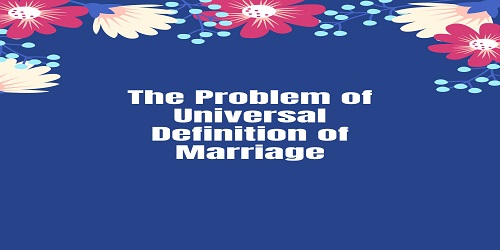
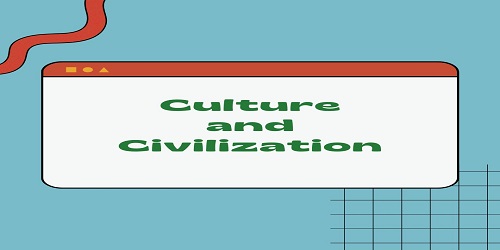

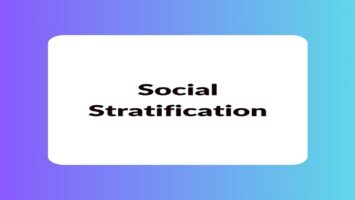
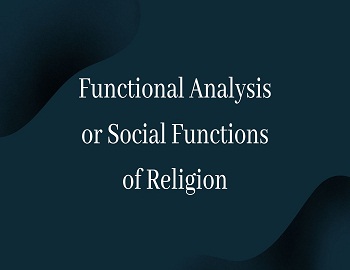
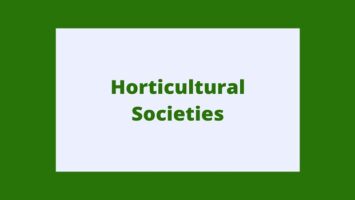
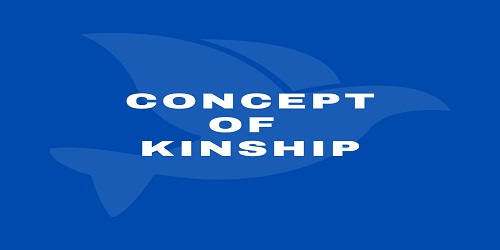
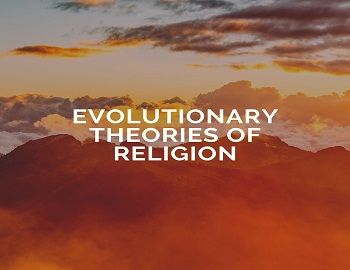
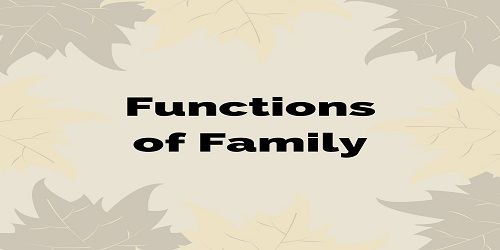
Comments (No)